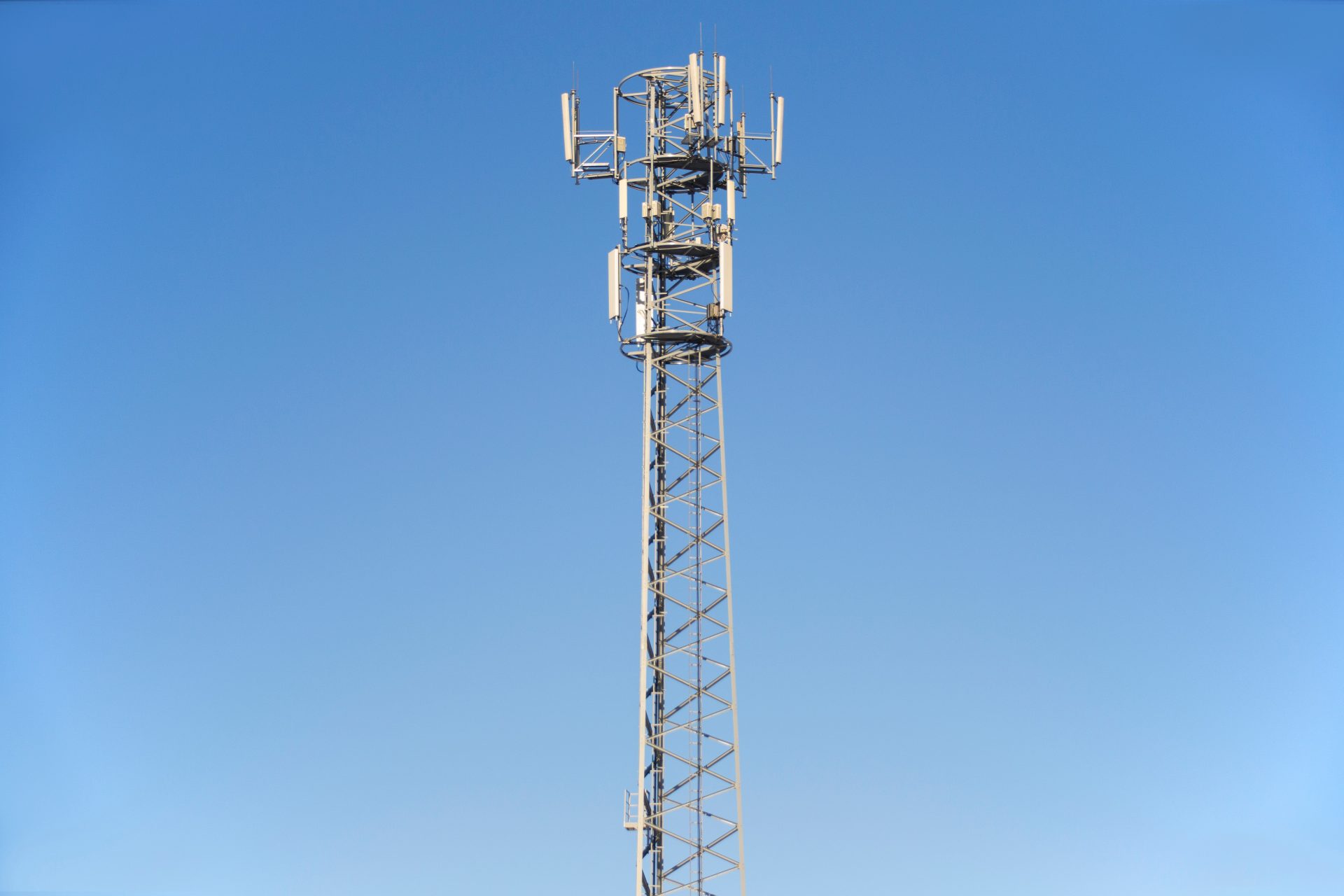If you've ever wandered through a city you might have noticed tiny cell towers for 5G on street light poles. what is a safe distance from a 5g cell tower look like small boxes however, they're actually transmitting wireless signals from cell phone providers to your mobile.
They are replacing the larger specially-designed cell towers. While they're less noticeable, they still can cause problems for people.
It is the of the FCC's Radiation Exposure Thresholds
The FCC's Radiation Exposure Thresholds determine the safe distance that a person can be exposed to electromagnetic radiation from wireless devices. The limits for exposure are based on research that prove that electromagnetic energy can be harmful to health.
The rate of absorption called the specific absorption rate (SAR) is an indicator of the amount of radiofrequency energy that is absorption by tissues. It's typically 1.6 watts per kilogram, averaged over one Gram of tissue.
Since 5g is able to transmit at higher frequencies and has the potential to increase the intensity of energy on the skin and other directly-exposed body parts. This can lead to many possible harms, such as an increase in formation of skin disorders like dermatitis, skin cancer and cataracts.
Due to the potential for harmful effects of radiation from 5G, PSU has chosen to set a general localized maximum power density of four mW/cm2 averaged over 1 cm2, and not to exceed 30 minutes, for the entire 5G spectrum at 3000 GHz. This limit for localization is in line with the maximum spatial-average SAR of 1.6 W/kg averaged over 1 grams of tissues at six GHz.
The FCC's Maximum Exposure Thresholds for Maximum Exposure
If you've ever used a cell phone, then you're aware that a safe distance from the tower is at least 400 meters away. This is because the transmitting power of the cell tower is significantly increased the farther the tower is.
While it sounds like a good idea but the truth is that those living close to towers may actually be more vulnerable to health problems. For example, a study from 2014 in India discovered that those living within 50 meters of cell towers experienced significantly more health complaints than those living further far from antennas.
However, this study also showed that residents who moved into areas farther away from the cell towers saw their symptoms improve within a couple of days. Other studies have shown that exposure to high levels of radiofrequency electromagnetic fields (EMFs) can cause cancer, brain tumors as well as other health issues.
This is due to the fact that radiofrequency radiation, which is used in wireless communication, can penetrate the human body's outer layer, which is the skin. https://writeablog.net/sparksilk6/what-is-the-safest-distance-from-a-5g-cell-tower-system is crucial to know since the skin functions as a barrier to protect against injury to the body, infection by pathogenic microorganisms, and entry of toxic substances. It is also the biggest organ of the human body. It is responsible for protecting other organs.
The FCC's Minimum Exposure Thresholds

The FCC's Minimum Exposure Thresholds rely on numerous assumptions that aren't supported by scientific research. These include the erroneous assumption that short-term exposures to RF radiation are safe due to minimal absorption into body (i.e. thermal heating of tissue).
The assumption is also ignoring the greater penetration of ELF components of modulated RF signals as well as the effects of brief bursts of heat generated by RF waves that are pulsed. These theories are not compatible with the current understanding of biological consequences of RF radiation. Therefore, they should not be considered for health protection exposure standards.
Furthermore, the ICNIRP and FCC are limiting their maximum exposure limits to local peak SARs that are based on the maximum speed of spatial absorption (psSAR) which is not a reliable dosimetric instrument to determine the degree of exposure to RF radiation. In particular it is inconclusive when frequencies exceed 6 GHz. Additionally, psSAR hasn't been evaluated for RF radiation with co-exposure to other agents of the environment such as sunlight. In the event of interactions, RF radiation and other environmental agents could result in antagonistic or synergistic results. safe distance to live from cell phone tower would result in an increased risk of adverse health adverse effects. For example, co-exposure to RF radiation along with exposure to sunlight can increase the risk of developing skin cancer, as well as aggravate other skin conditions like acne.
